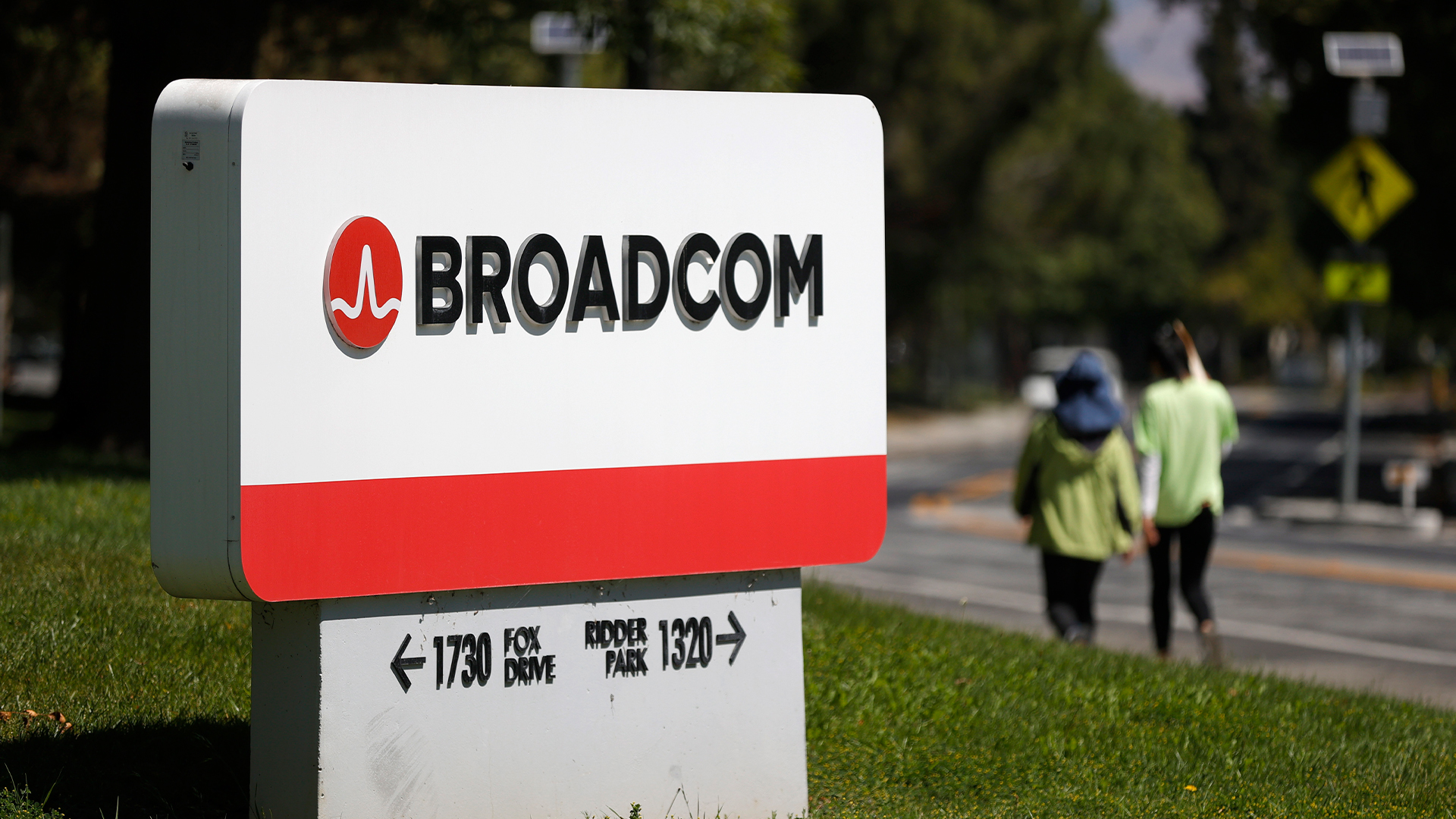Slashing staff attrition in healthcare through digital employee engagement
Lifeline Ambulance has targeted better staff engagement through a service that gives staff a voice and makes them feel valued


A Californian ambulance service has cut operational costs and significantly reduced its employee attrition by rolling out a new employee engagement app.
Lifeline Ambulance provides critical emergency medical services and patient transport and has 22 locations and around 500 employees, providing services to the communities of Los Angeles, Orange County, and the San Gabriel Valley.
The company faced high operational costs and communication inefficiencies alongside a turnover rate of 100% per year for some frontline workers.
On a mission to overturn these poor results, Lifeline Ambulance implemented an employee engagement app from Blink, which brings news and information, employee surveys, secure chat, shift bids and paystubs into a single dashboard. This gives frontline workers access everything they need through one app, while also providing managers with the tools to enhance engagement.
Danielle Thomas, COO at Lifeline Ambulance, tells ITPro the firm has streamlined its communication processes, improved transparency, and enhanced resource accessibility across all levels of the organization via its adoption of Blink.
In addition, the platform’s data analytics capabilities allow Lifeline’s management team to monitor employee behavior, identify trends, and address potential issues before they escalate.
“Our staff feels more informed, valued, and connected, which has been instrumental in retaining talent and reducing the need for new hires,” she says.
Sign up today and you will receive a free copy of our Future Focus 2025 report - the leading guidance on AI, cybersecurity and other IT challenges as per 700+ senior executives
A “pipeline of positivity”
The Blink app aims to replace traditional email systems and make it easier for employees to access vital information and stay engaged with company updates and policies.
Lifeline said that the app contributed to employee retention by enhancing key areas of its operations: it streamlines and automates onboarding and training processes so that new hires feel prepared and ready for their roles quickly. The app also provides access to essential tools and systems, making it easier for employees to perform their jobs efficiently while out on the road.
“Starting with an organization or upholding all of the important components of an EMS role while caring for patients can be a challenge. Using Blink allows the mobile workforce to easily access the tools they need to be compliant and operationally excellent,” Lifeline said. Beyond this, Blink incorporates a “progressive content delivery feature” where videos are distributed at specific intervals.
This structured approach helps unite the team by reinforcing key messages and aligning everyone around what’s important at each stage. “Consistent and standardized communication ensures that all employees are moving in the same direction and strengthening their connection to the company’s mission and values,” Lifeline tells ITPro.
The company also noted the app has made it easier for employees to share feedback – making them feel more valued and connected to leaders, which has been crucial in retaining talent and reducing turnover.
Blink is designed to help bridge the digital divide between deskless and desk-based employees, enabling effective communication and engagement in distributed organizations where frontline staff often lack easy access to the systems, data or information that they need. Blink says that, on average, each user opens the app an average of seven times a day, with each visit helping lower frontline workloads.
For its part, Lifeline estimates savings of approximately $460,000 due to the efficiencies gained from using Blink, while employee attrition has dropped 58%, Thomas says.
Thomas adds that Lifeline Ambulance saw the importance of continually seeking improvements, even as a well-run organization.
“While our operations were efficient, we identified areas where communication inefficiencies and information sharing could be enhanced. Additionally, we saw an opportunity to reduce operational costs and further stabilize our workforce.
“By implementing Blink, we aimed to streamline communication and information sharing across our team. This proactive approach allowed us to achieve these improvements, realize monetary savings, and increase workforce engagement.”
Thomas tells ITPro that implemented Blink had “created a pipeline of positivity for the organization beyond what we would have predicted”.
The implementation of Blink was completed over a period of a few months, in which time Thomas says the process was straightforwardly with Blink’s support.
“We learned the importance of having a cohesive communication platform that caters to the needs of both frontline workers and management,” Thomas says. “The key takeaway was that an effective employee engagement tool can significantly impact operational efficiency and employee satisfaction.”
Lowering communication barriers
Lifeline has found that accessing Blink as an app is the best way to achieve its engagement goals, as it aligns with the needs and habits of the company’s workforce.
“Unlike desktop solutions, which can limit widespread access, the app ensures that every employee, regardless of their location or role, can easily find everything they need to do their job. The workforce is used to utilizing online resources for protocols, guidelines, and EMS education. This fits in well with what they know,” Lifeline writes.
The app’s chat feature allows crew communication without having to give their personal info like phone number or personal email. That means if someone wants to swap a shift they can reach out to a few workers they had not met in person previously, “taking away the awkward,” the company explained.
In addition to strong engagement rates, the company states it has received encouraging survey feedback, indicating that employees feel more connected.
RELATED WHITEPAPER

Thomas said the company plans to continue leveraging Blink’s advanced features and analytics to further enhance employee engagement and operational efficiency. “We aim to explore additional integrations with other systems we use and to continuously gather feedback from our staff to improve the platform’s effectiveness,” she explains.
Thomes says that having the right technology is only part of the solution, while effective communication and engagement is essential for operational efficiency and employee satisfaction.
“It’s just as important to have the top leadership support the implementation and ongoing use of the platform,” she says.
“Leadership commitment ensures that the necessary resources are allocated and that the importance of the platform is communicated throughout the organization. Involve your team into the implementation process and continuously seek their feedback to ensure the platform meets their needs. By doing so, you can create a more cohesive and productive work environment.”
Steve Ranger is an award-winning reporter and editor who writes about technology and business. Previously he was the editorial director at ZDNET and the editor of silicon.com.
-
 Cyber resilience in the UK: learning to take the punches
Cyber resilience in the UK: learning to take the punchesColumn UK law now puts resilience at the centre of cybersecurity strategies – but is legislation simply catching up with enterprise understanding that resilience is more than just an IT issue?
-
 CISPE claims European Commission gave Broadcom a ‘blank cheque to raise prices, lock-in, and squeeze customers’ with VMware deal
CISPE claims European Commission gave Broadcom a ‘blank cheque to raise prices, lock-in, and squeeze customers’ with VMware dealNews Cloud providers have issued a formal response to the General Court of the European Union after the Commission defended its approval of the deal
